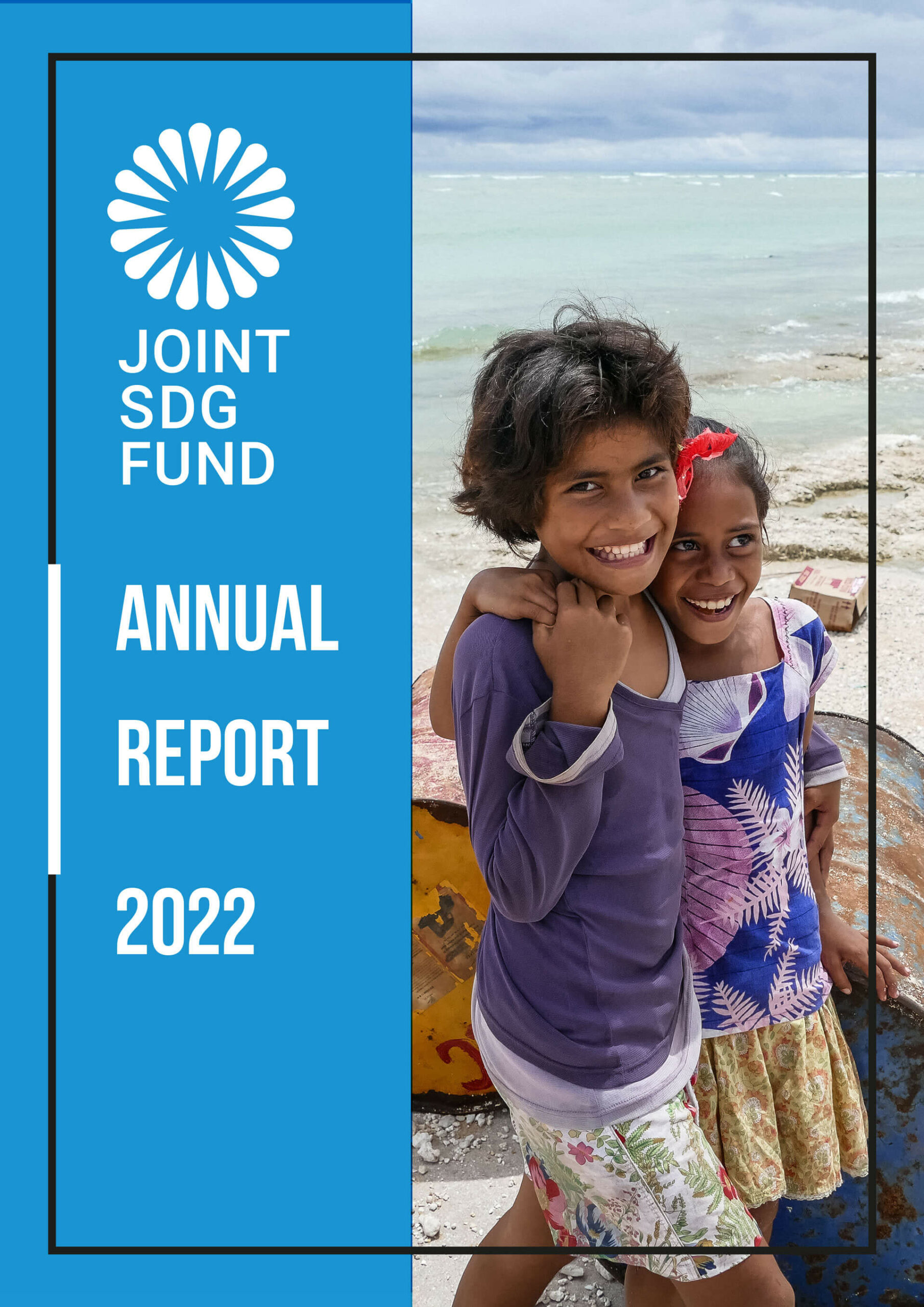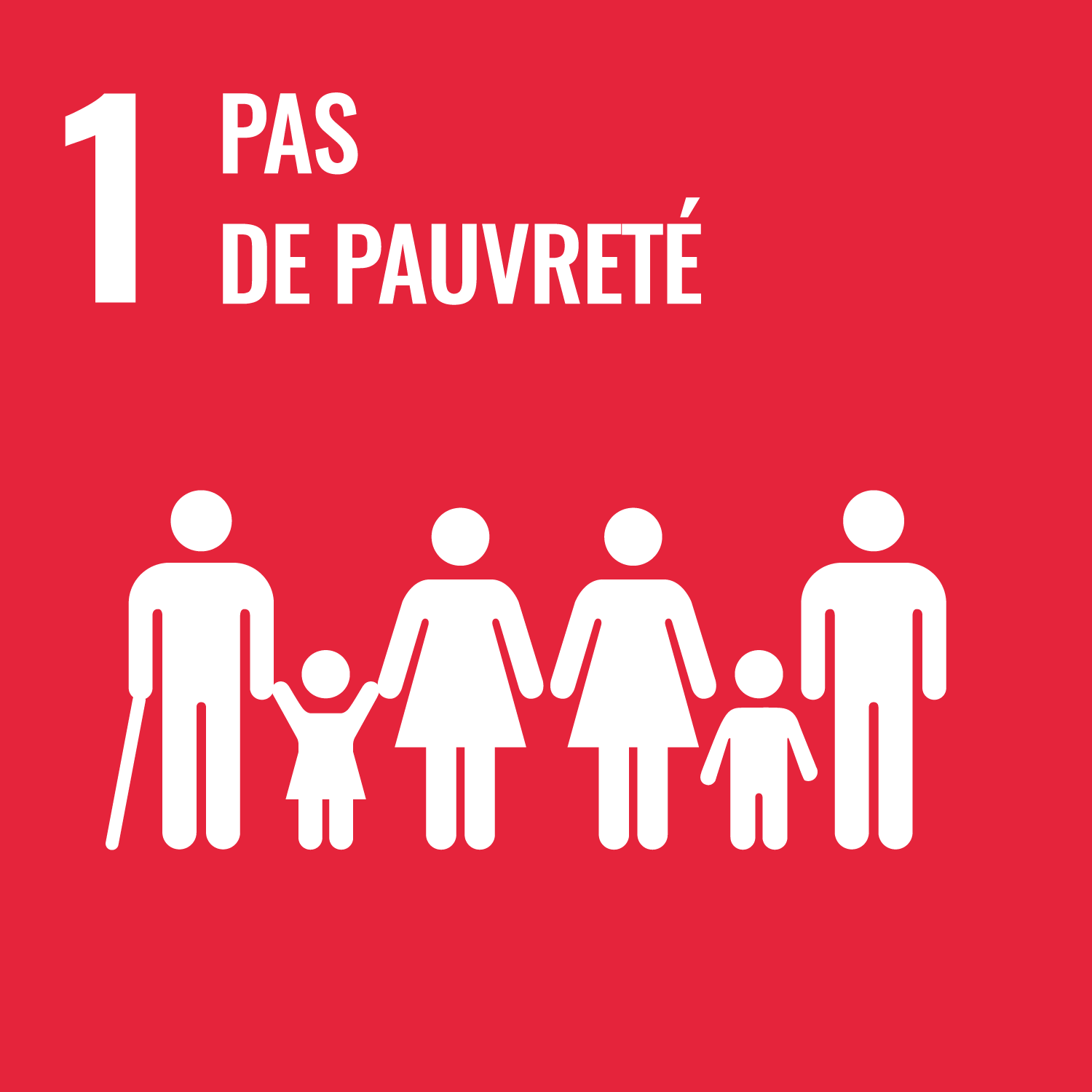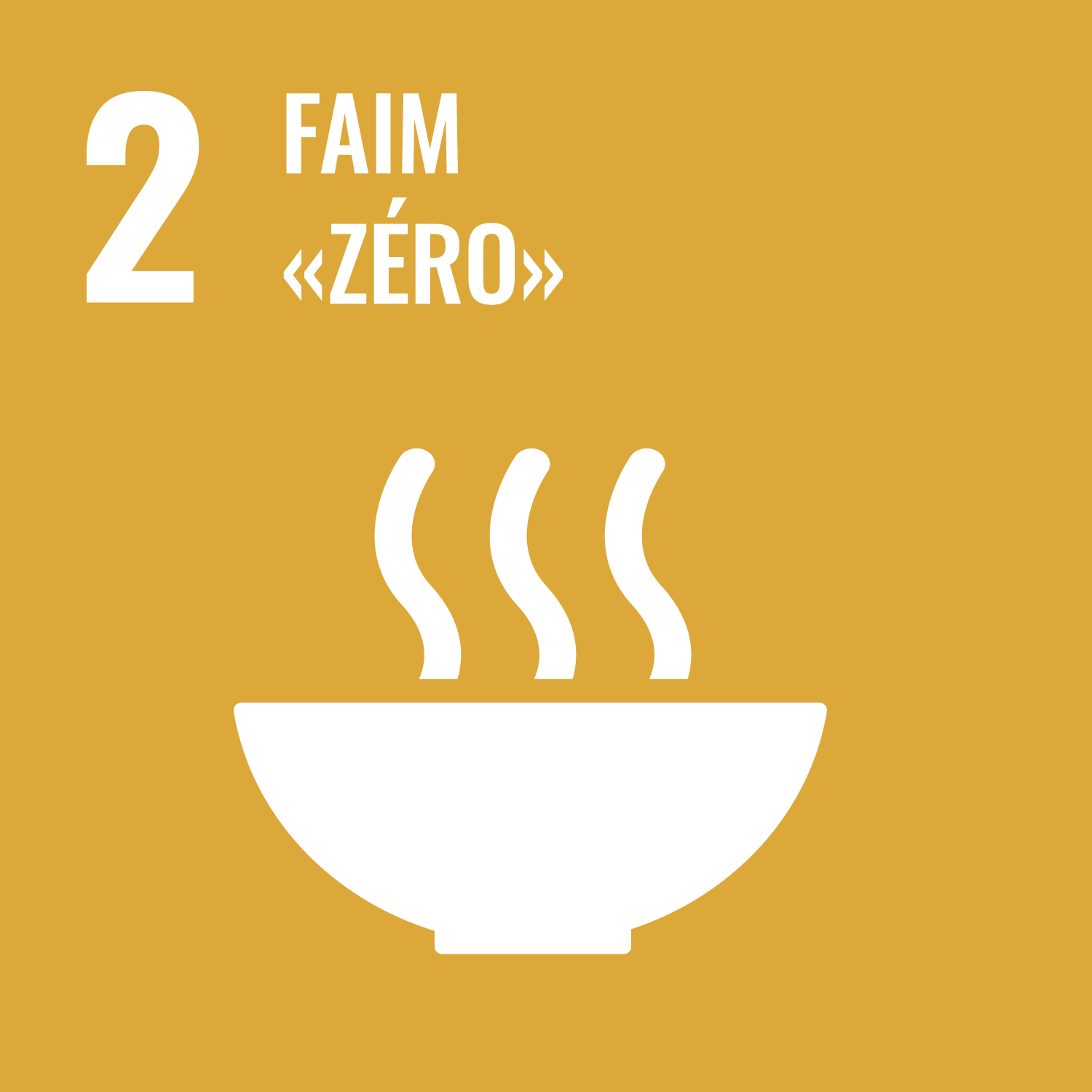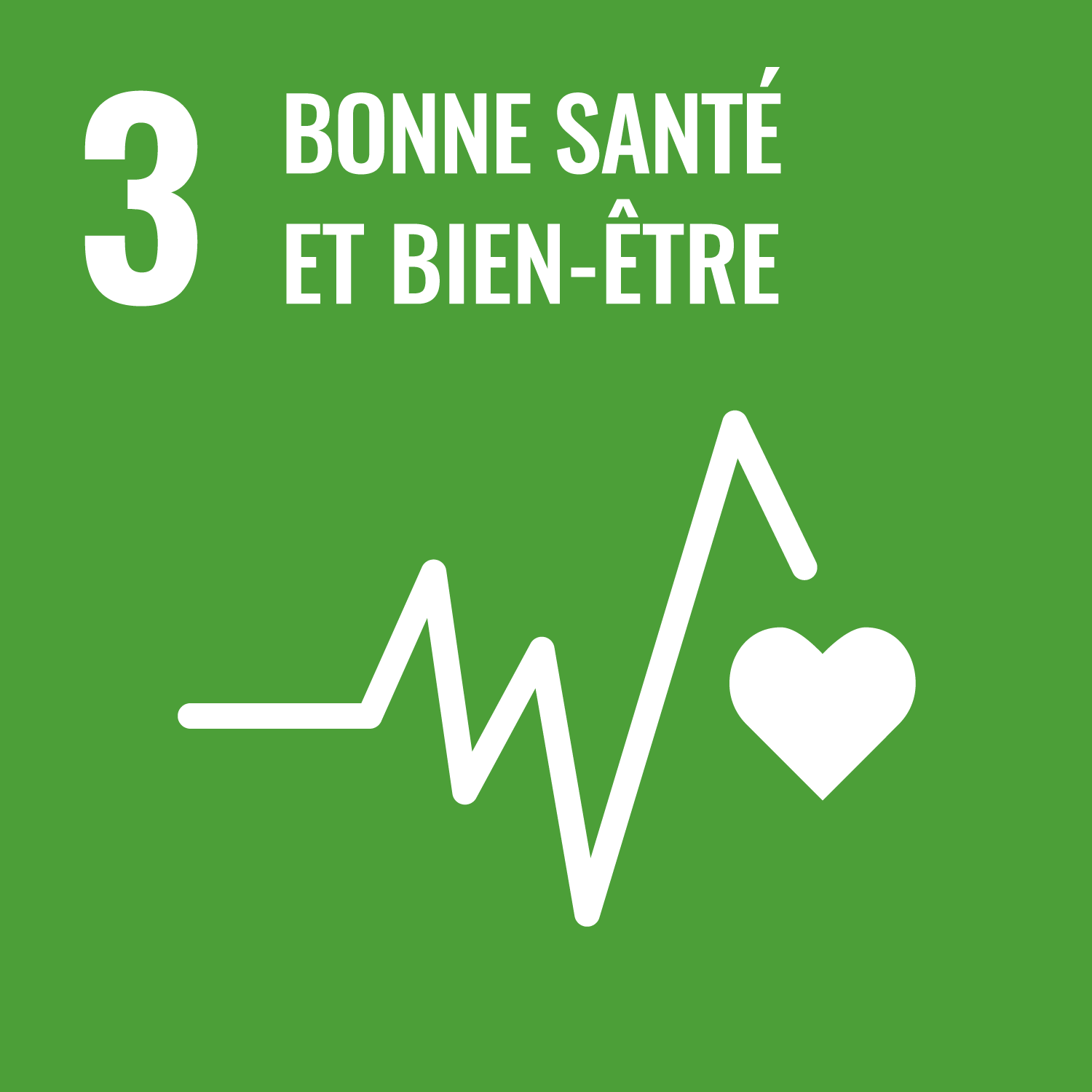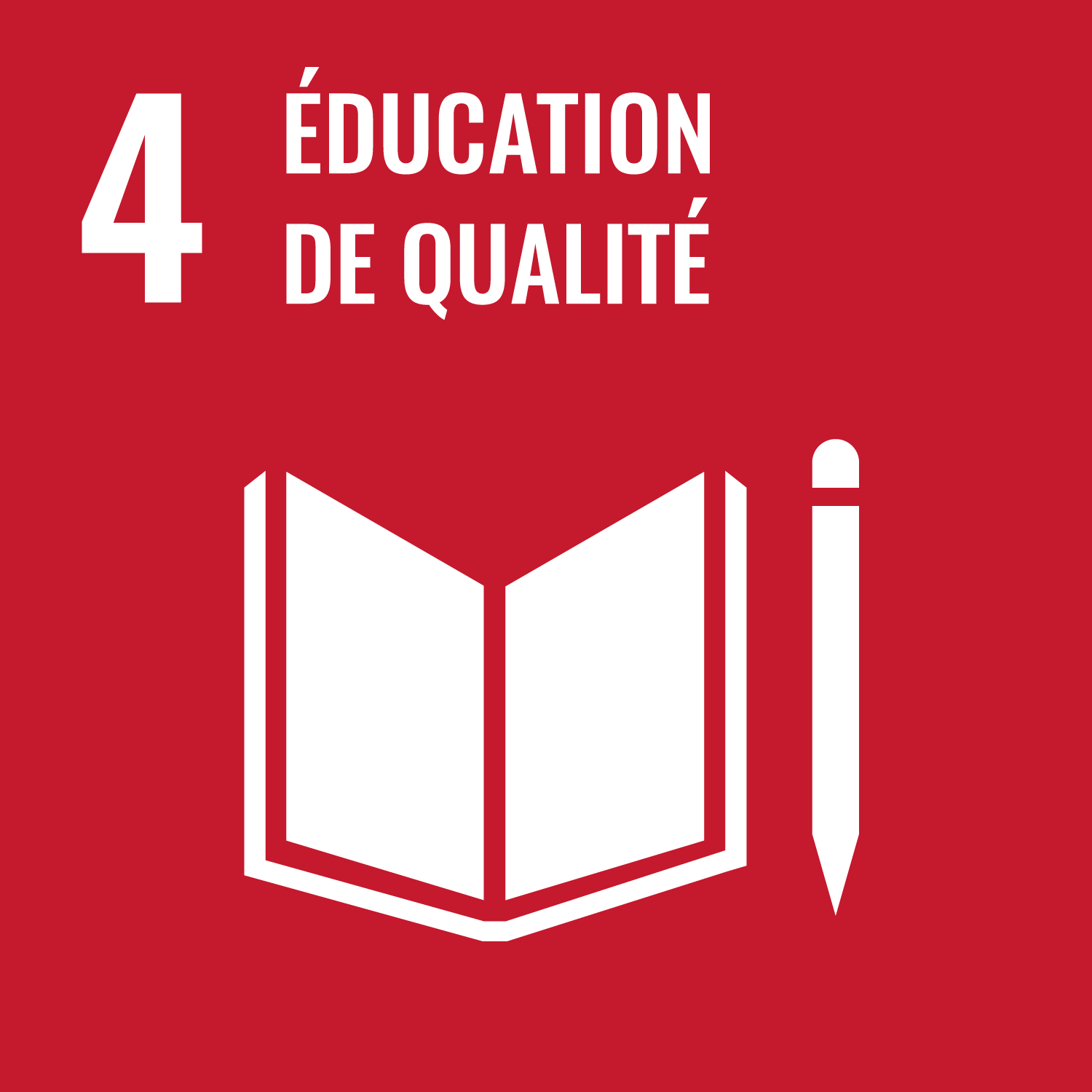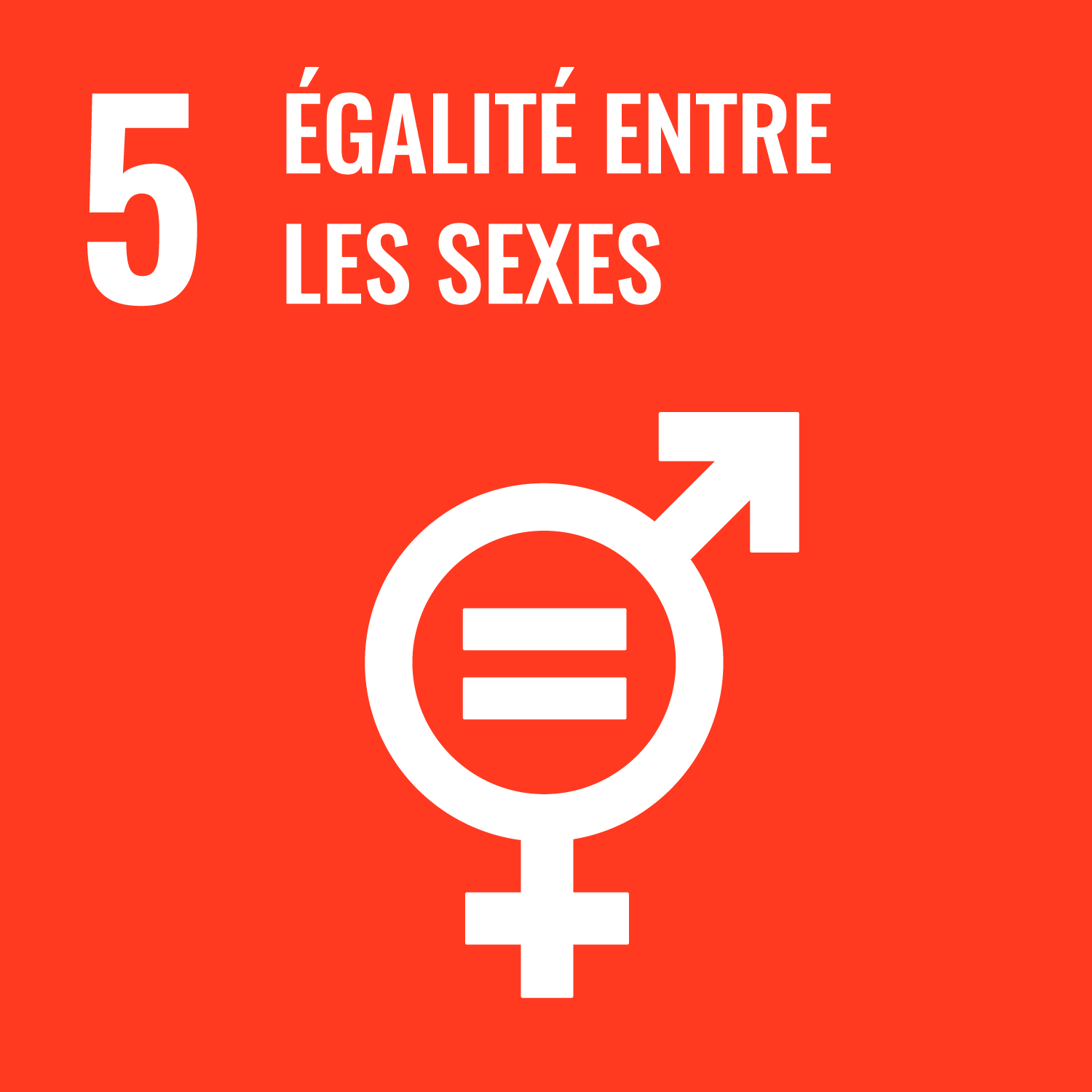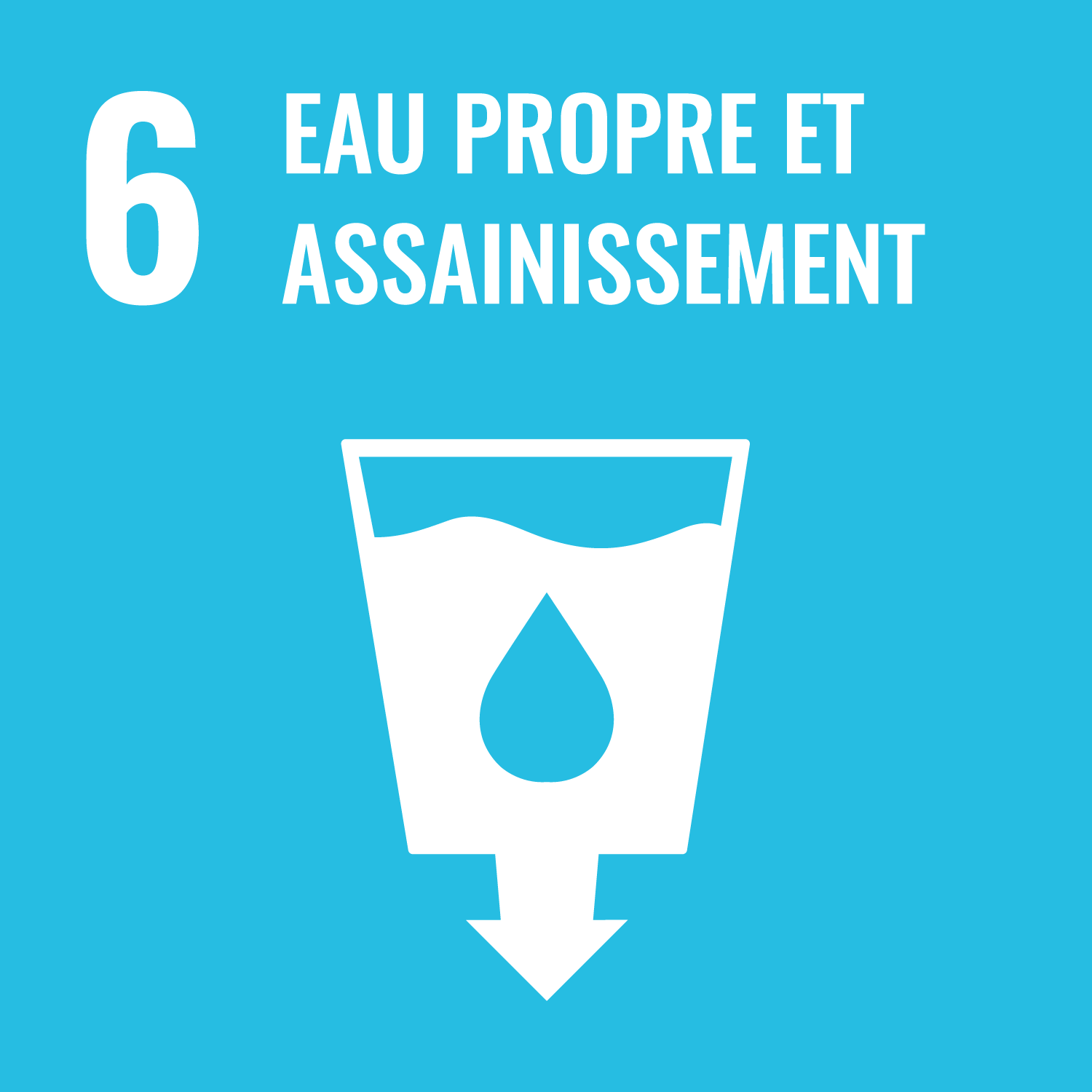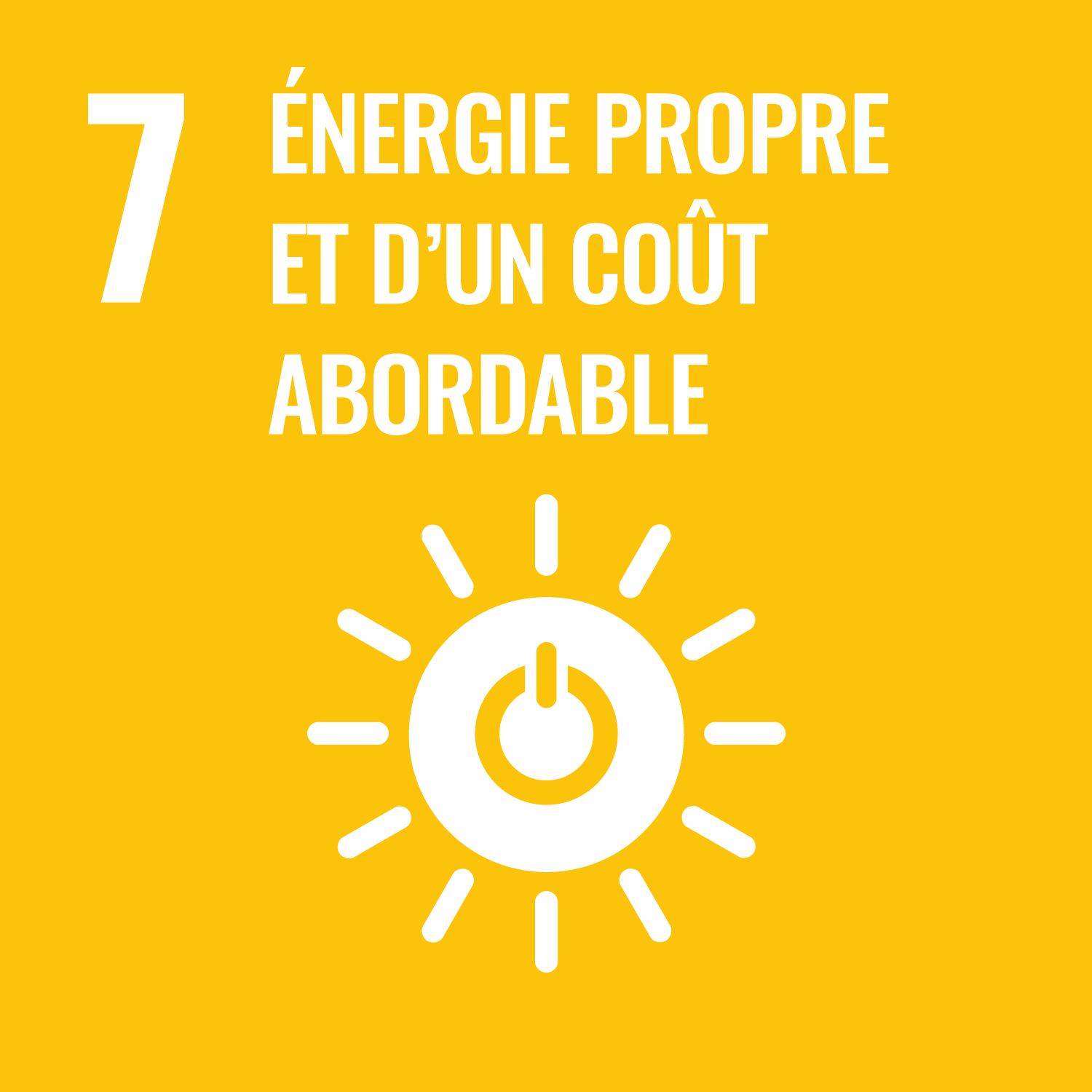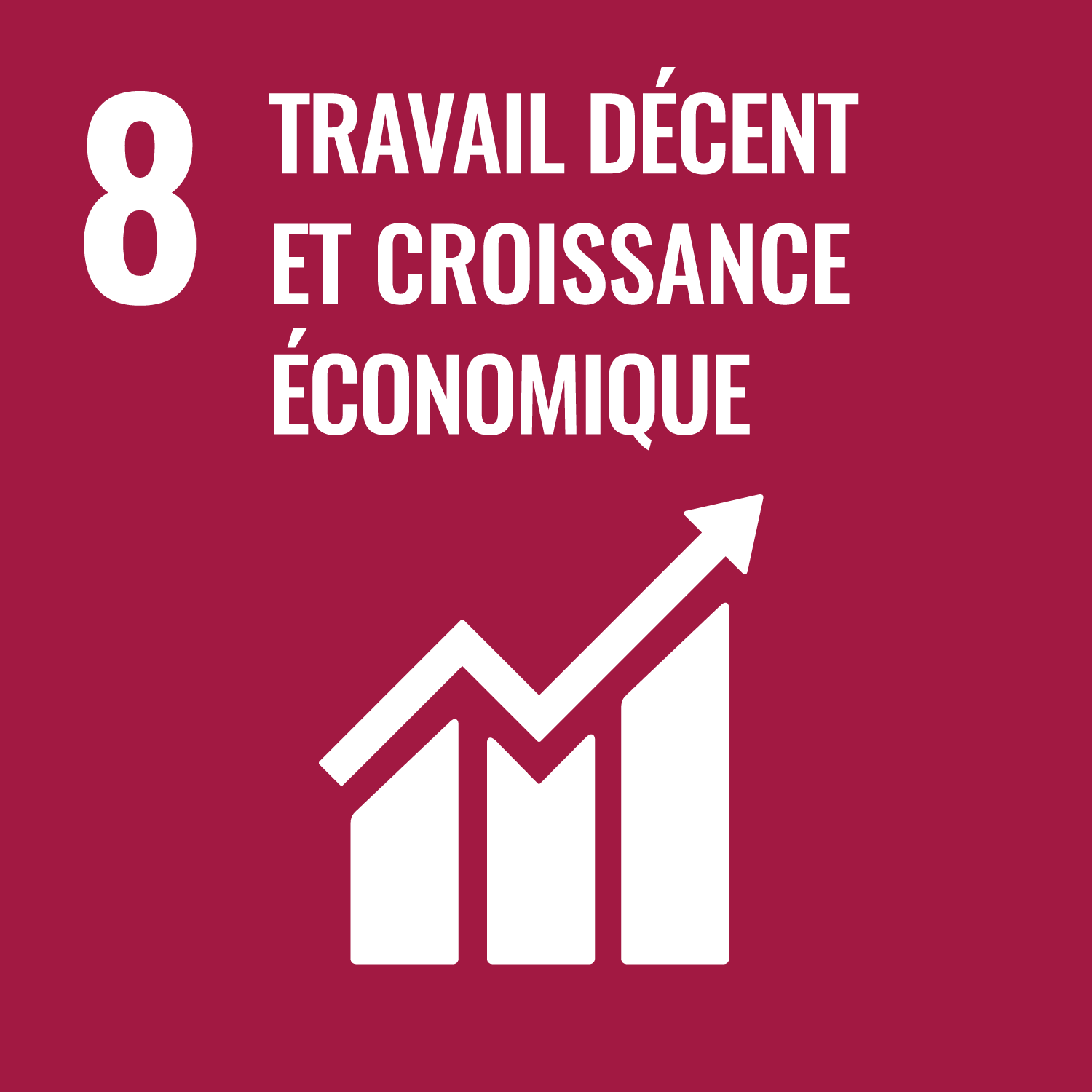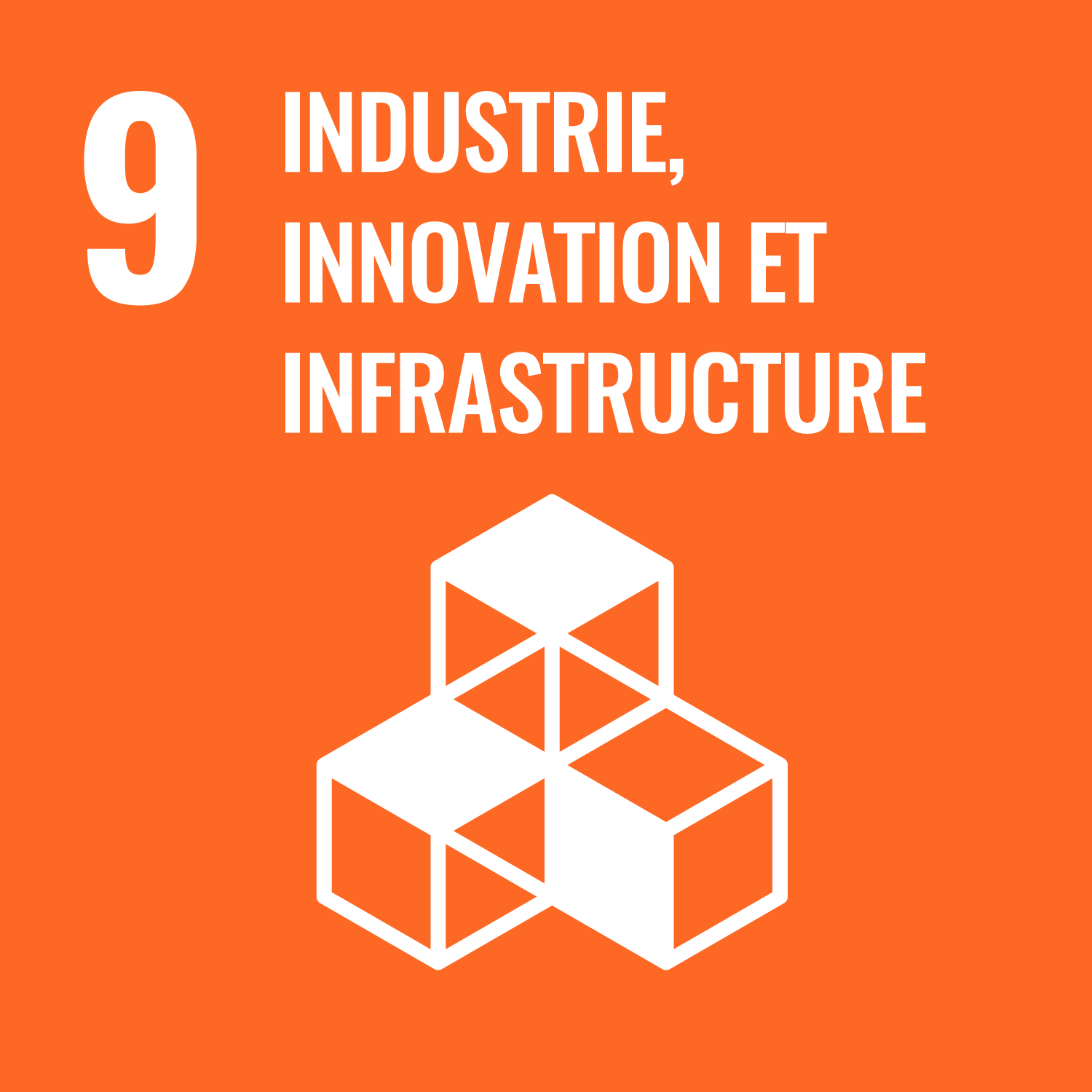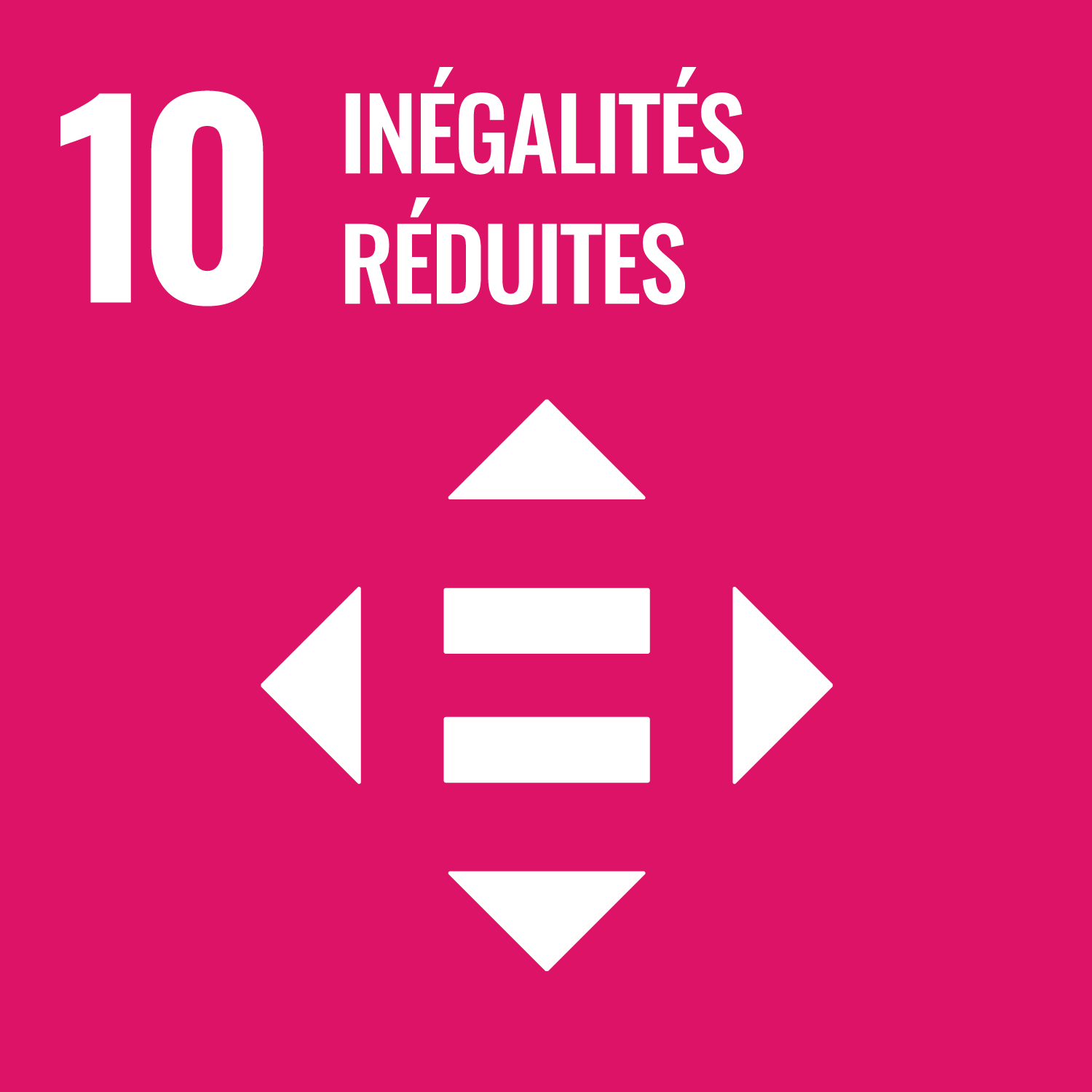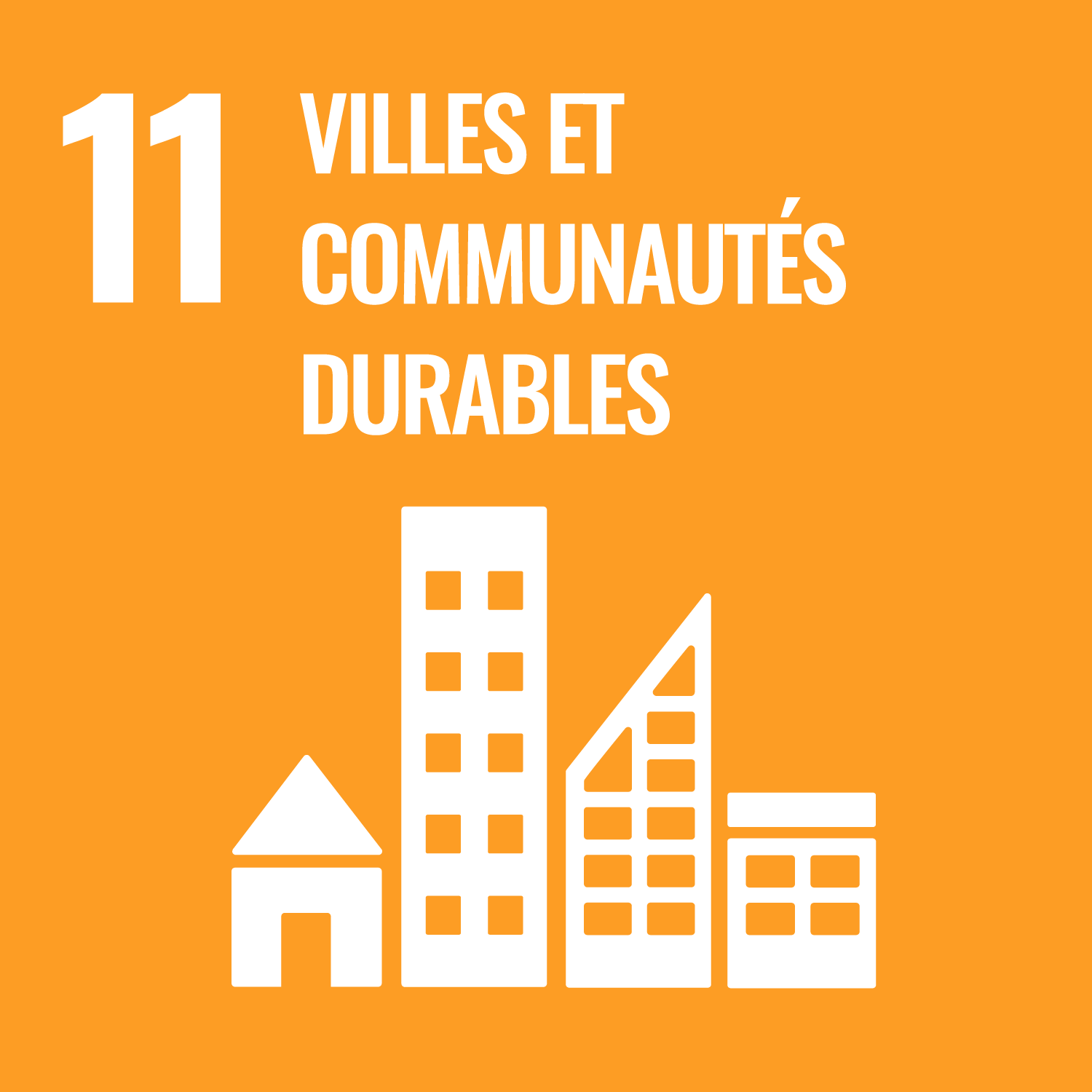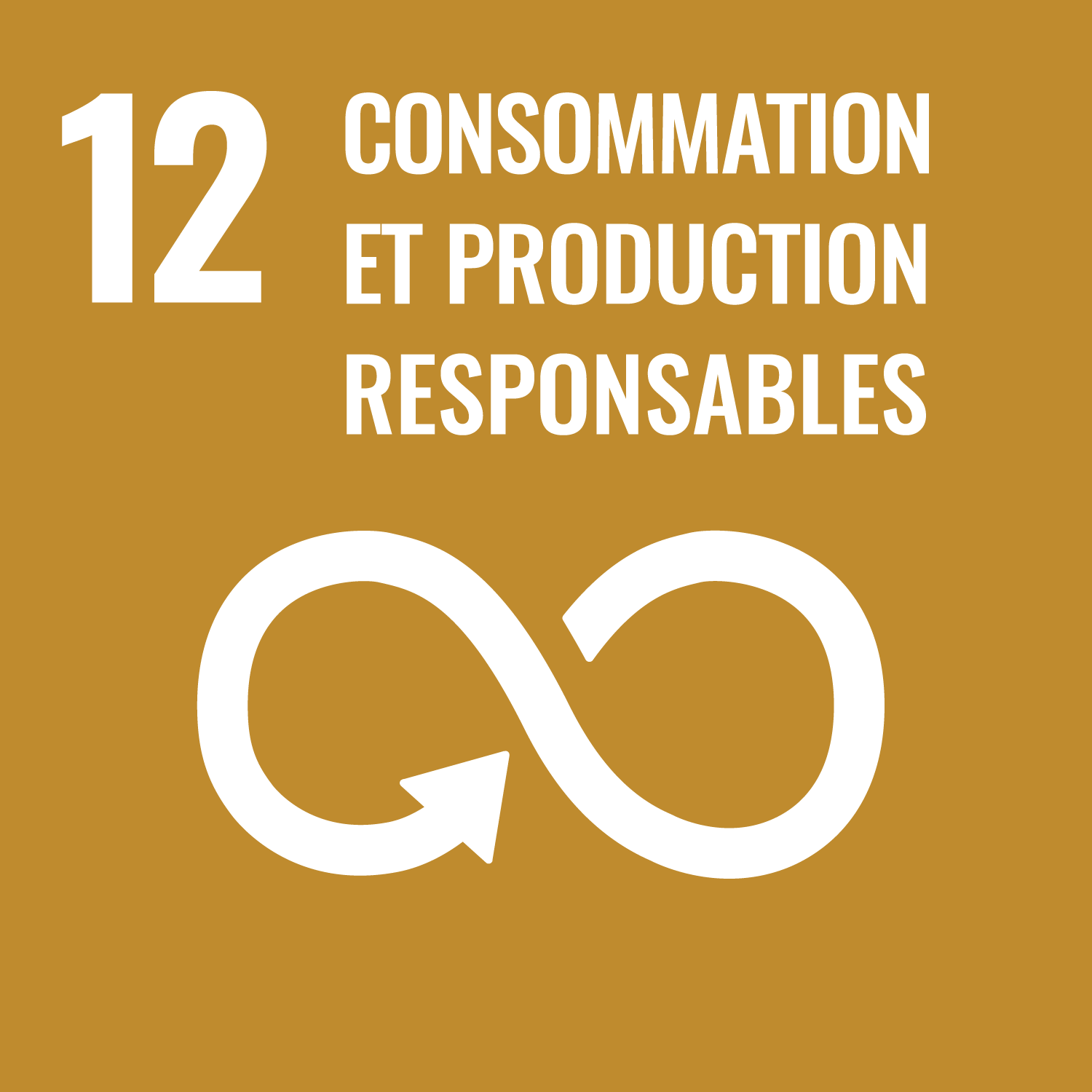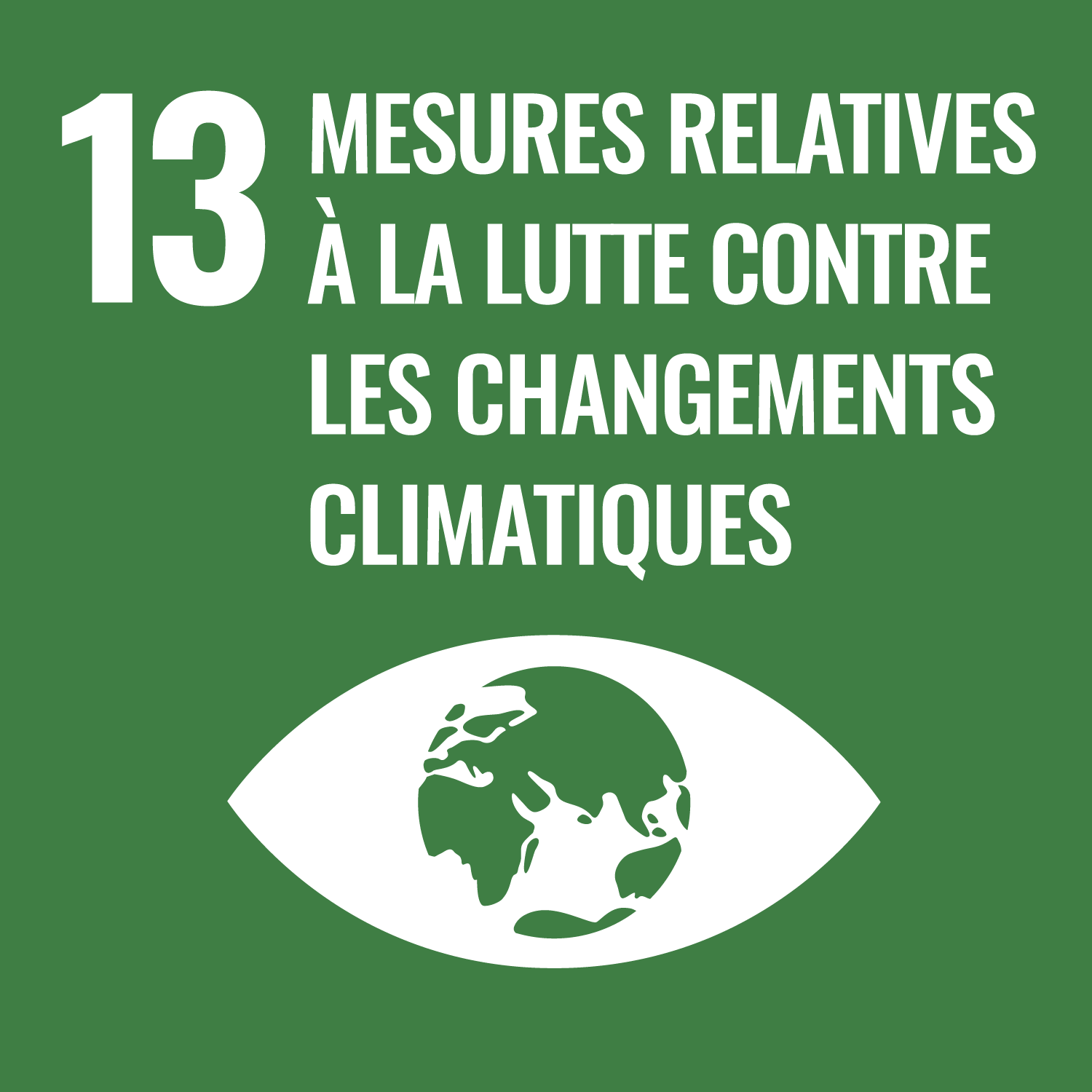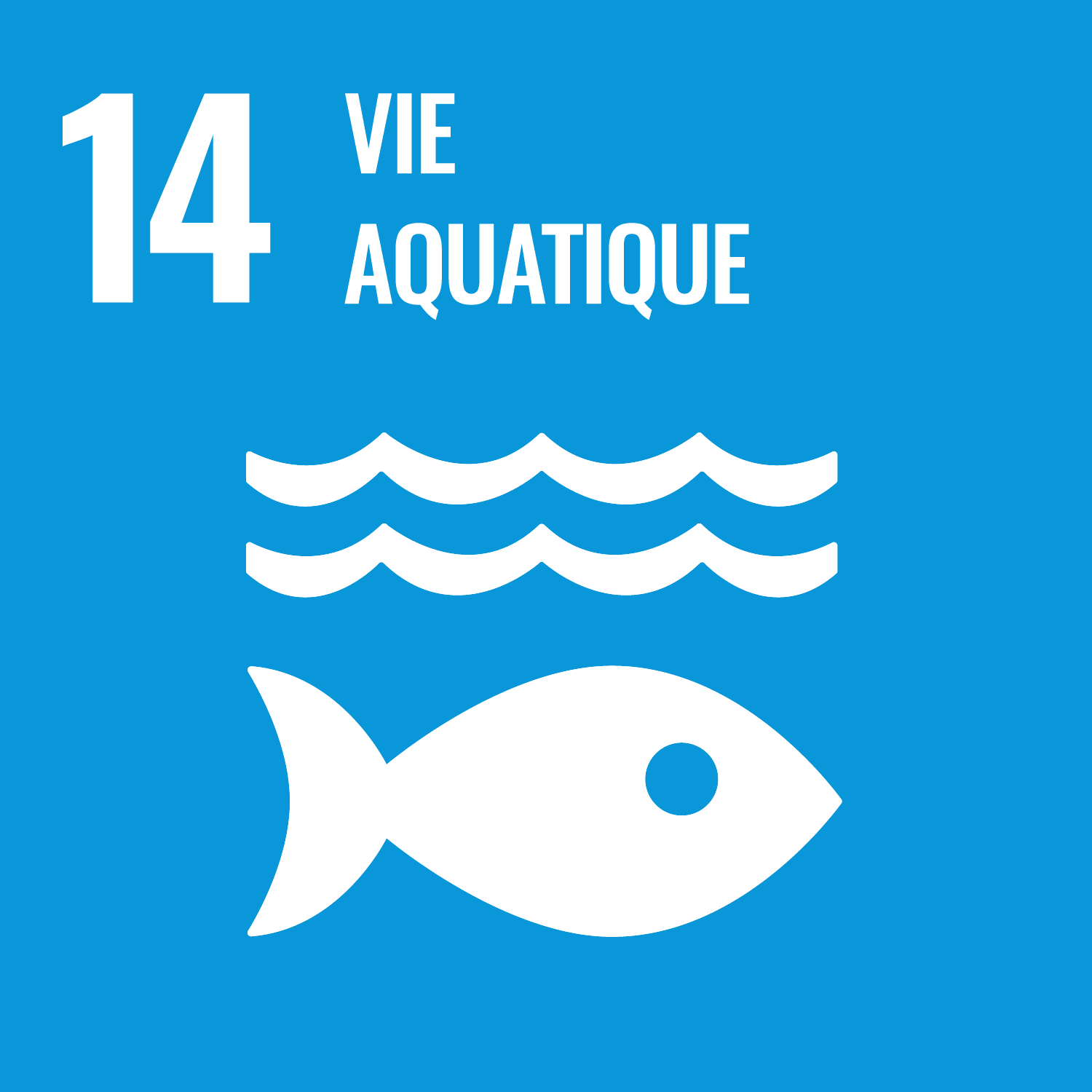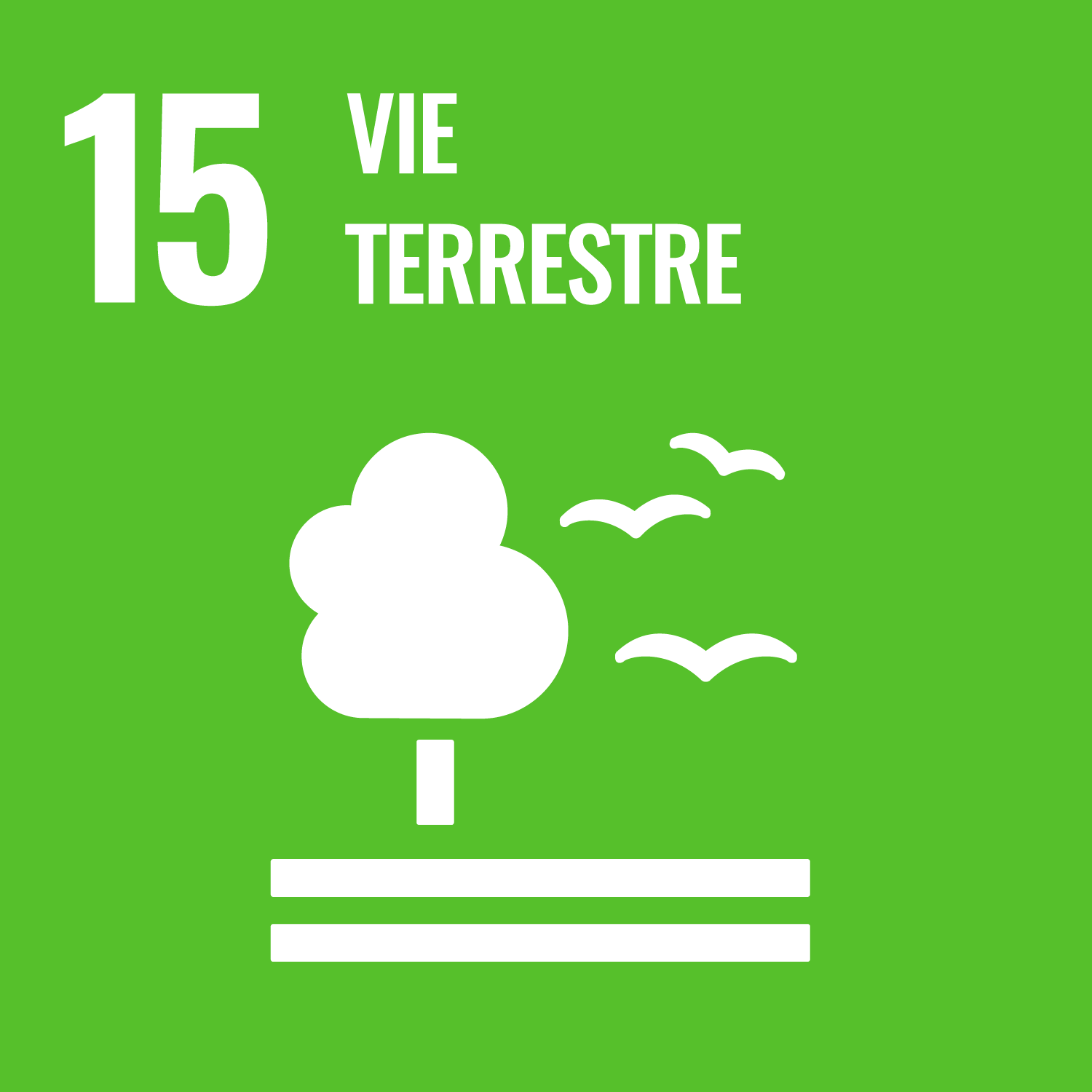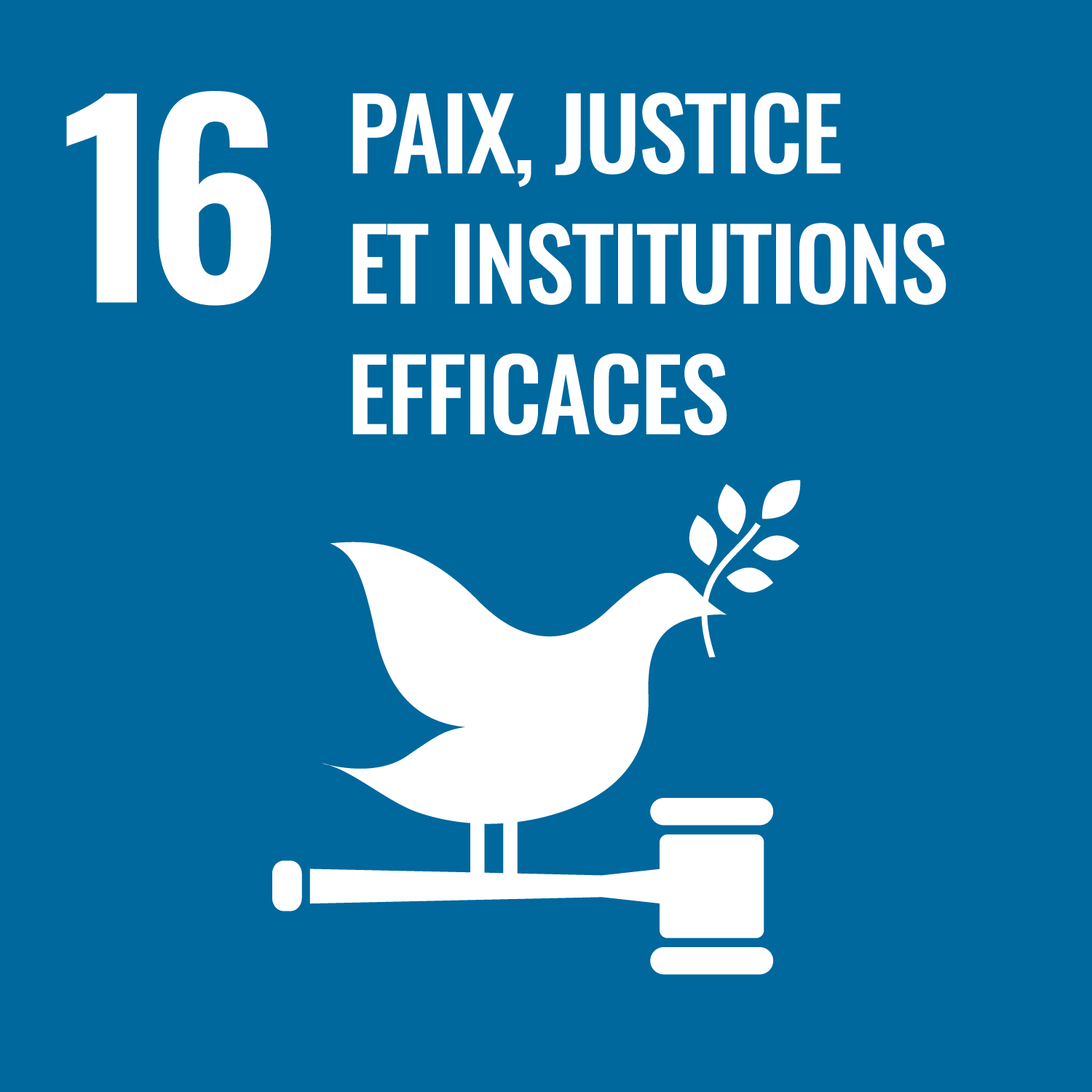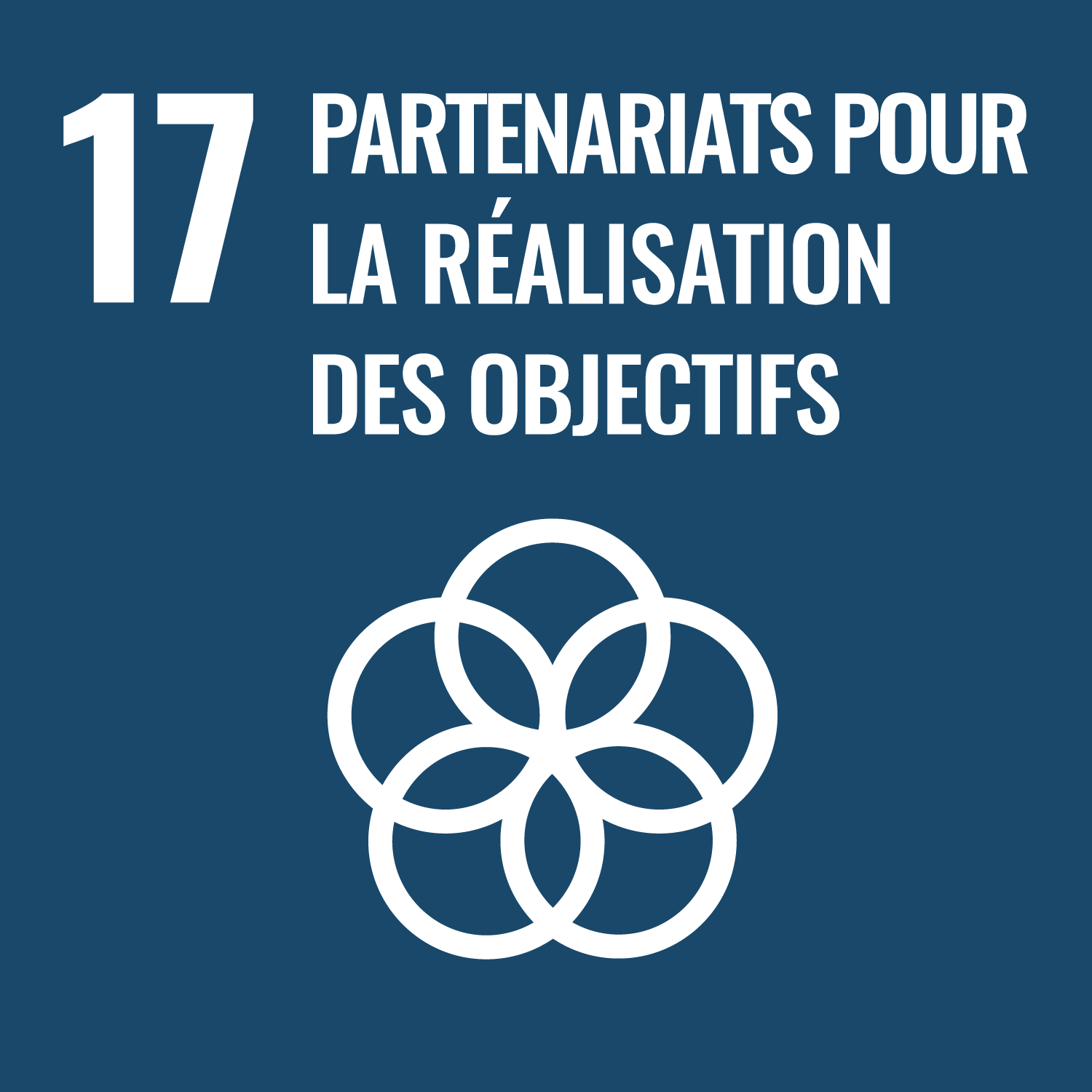On Earth Day, April 22, 2021, we take a moment to step back and acknowledge the global climate crisis occurring around us. It is an important day for reflection, to look back on where we were, and to look forward to where we are going. On this day in 2016, UN member states signed the Paris Agreement, committing themselves to responding to the urgency of the climate crisis and to taking immediate action to respond to environmental degradation. We are falling behind on achieving these goals, but that doesn’t mean we give up—it means we must try harder.
The Paris Agreement is more than just a commitment to keeping global temperatures at a sustainable level - holding the increase in the global average temperature to well below 2 degrees Celsius above pre-industrial levels, but it is also a commitment for its signatories to dedicate public finance to doing so, making finance flows consistent with a pathway towards low greenhouse gas emissions and climate-resilient development.
I have spent most of my semester-long internship with the Joint SDG Fund researching the financing tools signatories to the Paris Agreement have available to them to fund environmental projects to meet their Paris Agreement commitments, and I found that there are many options available and exciting developments happening in this space every day.
There is much more occurring in the public finance space for climate change than this post could cover, but it seems clear that bonds issued by sovereigns where the proceeds will be dedicated to financing sustainable projects are dominant and are experiencing an exciting boom in popularity. Here are a few examples of sustainable bonds that can be linked directly to financing environmental projects for our Earth:
- Green Bonds: proceeds of this issuance will be used toward eligible green projects, to be determined by the country issuing the bonds.
- Sustainability-linked Bonds: these will support both social and green projects or projects that expressly address both social and environmental objectives.
- Sustainable Transition Bonds: recommended for use in investments that are making a substantial contribution to halving global emissions by 2030 and reaching net zero by 2050 but do not have a long term role to play; OR will have a long term role to play, but at present the pathway to net zero is not certain.
- Blue Bonds: proceeds of this issuance will be used toward marine and ocean-based projects specifically—such as expansion of marine-protected areas, improved oversight of fisheries, mitigation of ocean acidity, among others.
- SDG Bonds: proceeds of this issuance are used to finance projects that align with UN’s SDGs and typically follow an SDG Framework.
The theme of this year’s Earth Day is “Restore our Earth,” and public finance is essential to achieving that restoration. Today is an important day to engage in conversations about what’s being done right now to build climate resilience, achieve the 2030 Agenda, and keep climate resilience projects going with the financing they need to make a difference. Financing environmental projects—something the Joint SDG Fund is already doing—is one important step in the long road ahead.
“(It is time) to integrate the goal of carbon neutrality into all economic and fiscal policies and decisions. And to make climate-related financial risk disclosures mandatory.” - United Nations Secretary-General Antonio Guterres
What are you doing today to engage with the climate SDGs?

